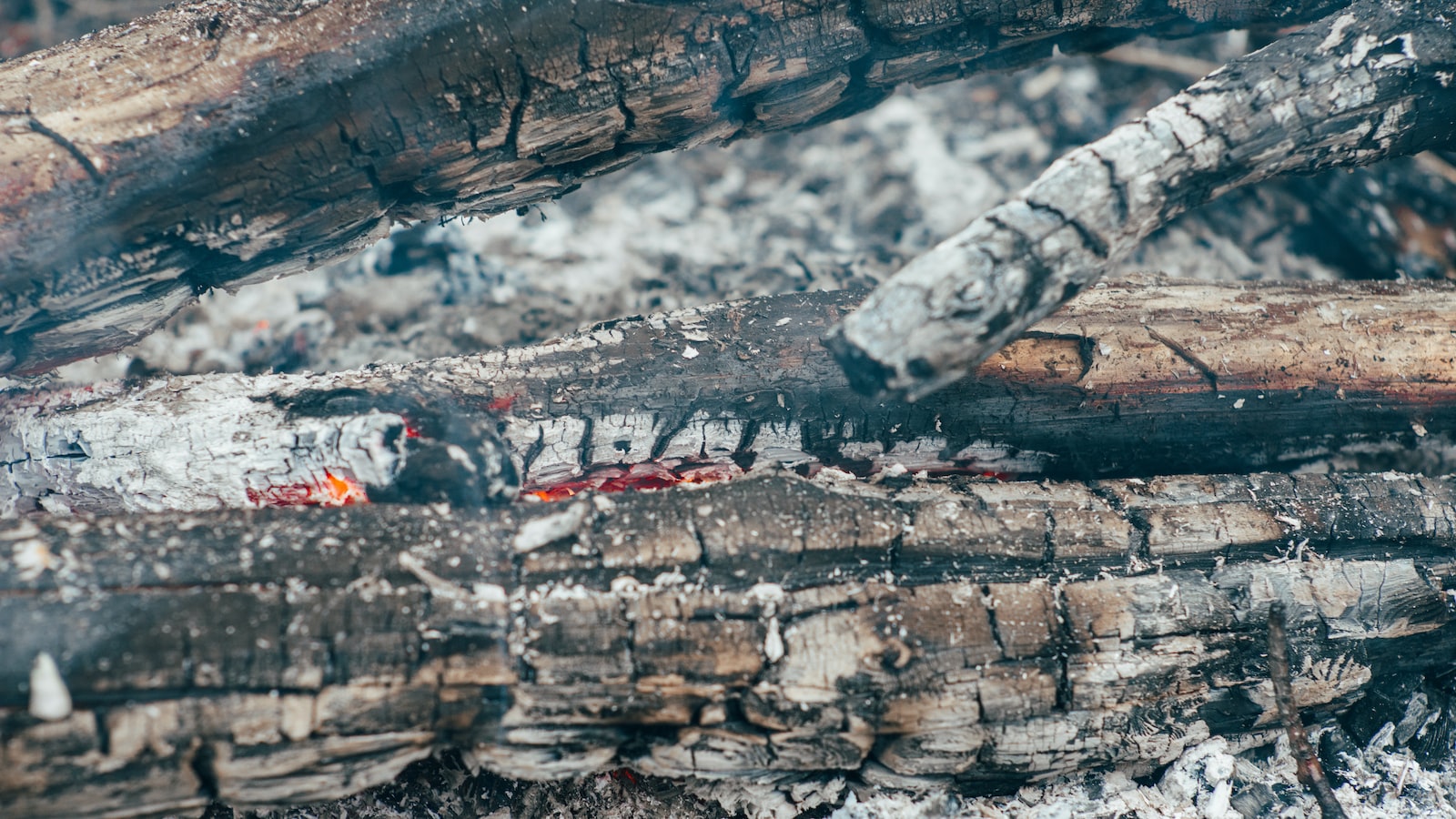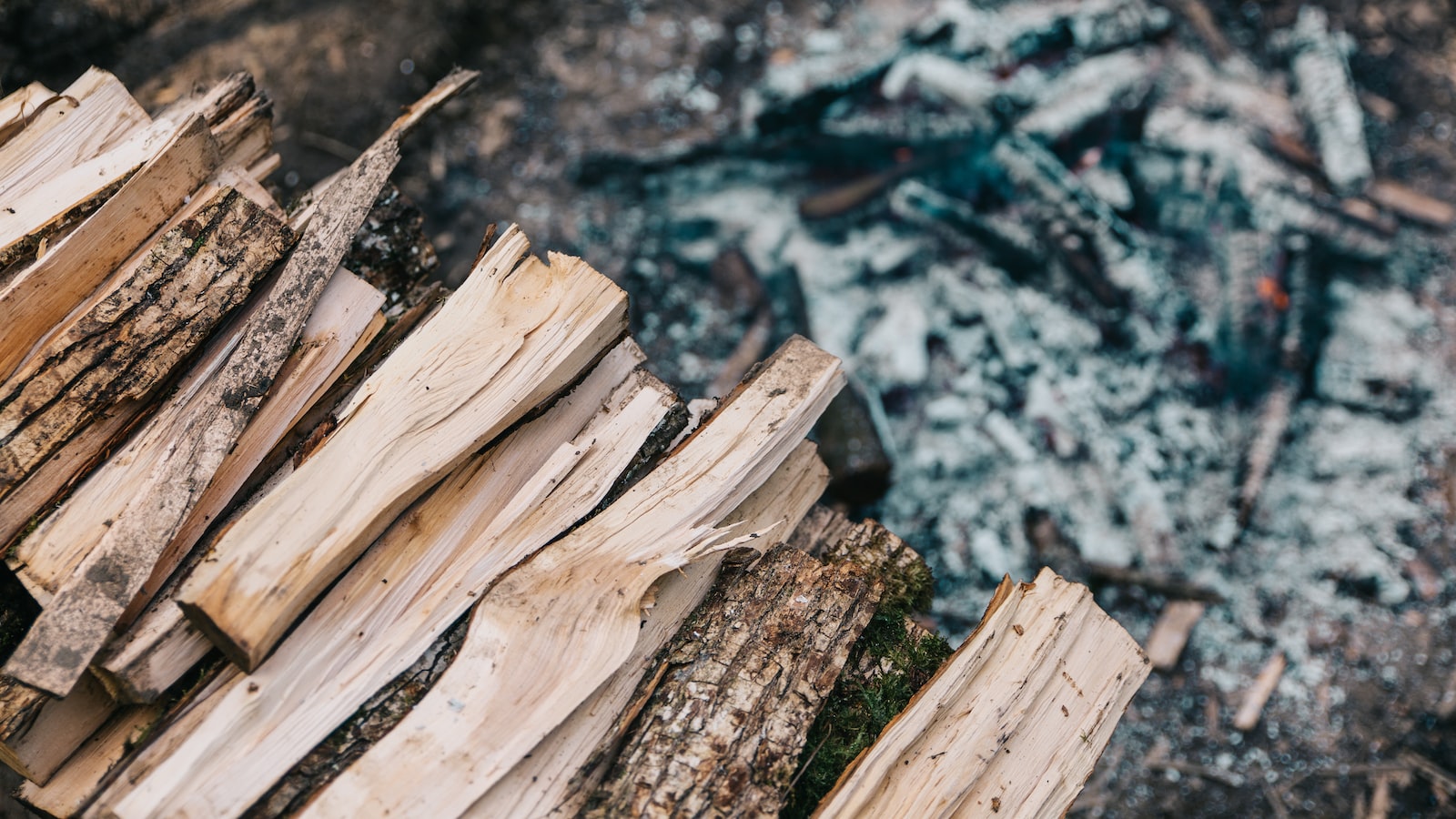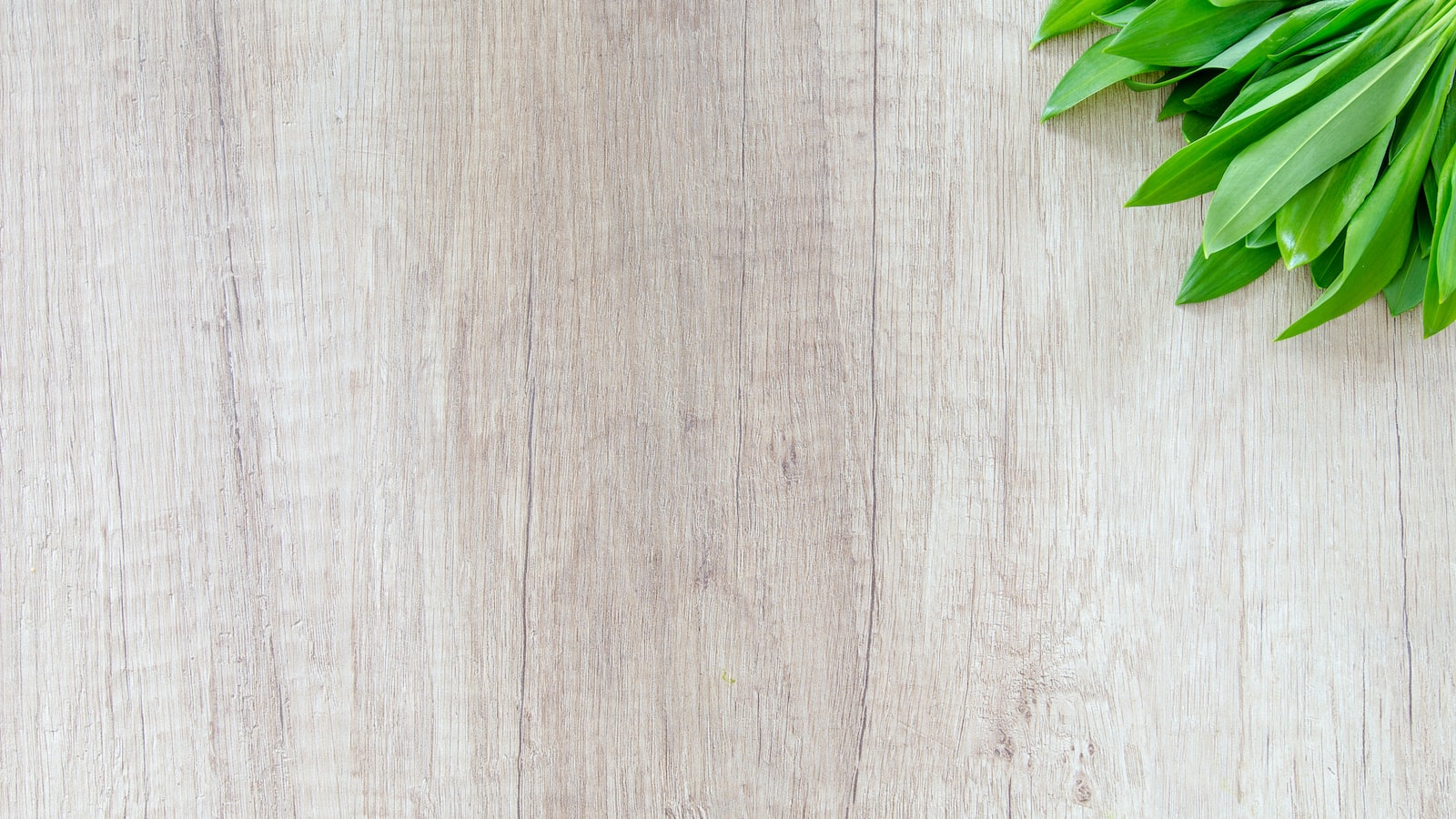In the enchanting realm of garden blossoms, where roses reign supreme with their vibrant hues and delicate aromas, a curious question sweeps through the minds of enthusiasts: “Is wood ash the secret elixir to perfect roses?” Ah, let us embark on a charming journey of horticultural secrets, as we delve into the mystical world of wood ash and its potential symbiotic relationship with our beloved roses. In this article, we shall wander through the verdant meadows of wisdom, separating fact from folklore, to uncover whether the ancient whispers of using wood ash as a natural fertilizer for roses hold true. So, grasp your gardening tools, for we shall unearth the truth and bring forth the flourishing wonders of this mystical potion for our precious floral companions!
The Benefits of Using Wood Ash on Roses
Wood ash is a secret weapon for any rose gardener. Its beneficial properties have been utilized for centuries, and the results speak for themselves. First and foremost, wood ash is an excellent source of potassium, which is an essential nutrient for roses. Potassium helps to improve the overall health and vigor of the plants, making them more resistant to diseases and pests. Furthermore, the alkaline nature of wood ash helps neutralize acidic soil, creating a more favorable environment for roses to thrive.
In addition to providing essential nutrients, wood ash also acts as a natural pest deterrent. The fine particles of ash form a protective barrier on the leaves, making it difficult for common pests like aphids and mites to latch on and cause damage. This can significantly reduce the need for chemical pesticides, making wood ash an eco-friendly alternative. Moreover, wood ash has shown to have some fungicidal properties, helping to prevent fungal diseases such as powdery mildew.
Harnessing the power of wood ash is easy. Simply sprinkle a thin layer of wood ash around the base of the rose bushes, being careful not to pile it up against the stems. This will provide a slow release of potassium as the ash gets absorbed into the soil. However, it is important to note that wood ash should not be used excessively or on alkaline soil, as this can raise the pH levels too high and cause harm to the plants. Therefore, it is always recommended to conduct a soil test and adjust the amount of wood ash accordingly.
To make the most out of using wood ash on roses, here are some key features and tips to keep in mind:
| Features | Tips |
|---|---|
| Promotes overall plant health | Avoid using wood ash on alkaline soil |
| Acts as a natural pest deterrent | Apply a thin layer around the base of the rose bushes |
| Helps prevent fungal diseases | Conduct a soil test to determine the right amount |
In conclusion, wood ash is indeed a game-changer for roses. Its potassium-rich composition, alkaline properties, and natural pest and disease-fighting abilities make it a valuable asset in any rose garden. So why not harness the power of wood ash and give your roses the love and care they deserve?

Examining the Nutritional Value of Wood Ash for Roses
Wondering whether wood ash can benefit your beloved roses? Look no further. In this post, we delve into . Wood ash, a byproduct of burning wood, has been used for centuries as a natural fertilizer due to its high mineral content. Let’s explore whether incorporating wood ash into your rose care routine can help your blooms flourish.
Nutritional Benefits of Wood Ash for Roses
1. Rich in essential minerals: Wood ash contains important plant nutrients, including potassium, calcium, phosphorus, and magnesium. These minerals are vital for the overall health and growth of plants, promoting stronger stems, greener leaves, and vibrant blooms.
2. Balancin
g soil pH: Roses prefer slightly acidic soil, and excessive acidity can hinder their growth. Wood ash, being alkaline in nature, helps neutralize acidic soil, restoring balance and creating an optimal environment for rose plants.3. Pest deterrent: When lightly sprinkled around rose bushes, wood ash acts as a natural repellent against some pests like slugs and snails, which can often damage the foliage and buds.
4. Disease prevention: Wood ash contains high levels of potassium, which is known to improve a plant’s disease resistance. By strengthening the roses’ immune system, wood ash can help ward off common diseases such as black spot or powdery mildew.
| Feature | Tip |
|---|---|
| Application | Apply wood ash around the base of the rose plant, avoiding direct contact with the stems or leaves. Gently work the ash into the soil using a rake or your hands. |
| Quantity | Use wood ash sparingly. Apply a thin layer, as too much ash can increase soil alkalinity, leading to nutrient imbalances. |
| Timing | Apply wood ash in early spring or late fall to provide the roses with a nutrient boost before or after their active growing season. |

Guidelines for Using Wood Ash as a Fertilizer for Roses
Using wood ash as a fertilizer for roses is a popular and effective method in gardening. Not only can it help improve the overall health and growth of your roses, but it also provides essential nutrients that are beneficial for their development. However, it’s important to follow some guidelines to ensure you use wood ash properly and achieve the desired results.
1. Choose the right type of wood ash: Not all wood ash is suitable for roses. Avoid using ash from treated or painted wood, as they may contain harmful chemicals. The best type of wood ash is from untreated hardwood, such as oak or maple.
2.
Apply with caution: While wood ash provides essential nutrients like potassium, calcium, and magnesium, it should be used in moderation. Too much ash can raise the pH level of the soil, making it unsuitable for roses. Start by sprinkling a thin layer of ash around the base of the plant and gently work it into the soil.| Features | Tips |
|---|---|
| Rich in nutrients such as potassium, calcium, and magnesium. | Use wood ash sparingly to avoid raising the soil pH too much. |
| Helps deter pests and diseases. | Avoid using ash from treated or painted wood. |
| Improves soil structure, providing better drainage and aeration. | Apply wood ash around the base of the roses and incorporate it into the soil. |

Best Practices for Applying Wood Ash to Roses
| Features | Tips |
|---|---|
| Raised pH levels, making them more alkaline | Only use wood ash from untreated wood |
| Improves soil structure and drainage | Apply wood ash sparingly and avoid direct contact with plant stems |
| Provides nutrients like potassium, calcium, and magnesium | Apply wood ash in early spring or during the dormant season |
Wood ash is indeed good for roses as it offers several benefits for their growth and overall health. Firstly, wood ash has the ability to raise the pH levels of soil, making it more alkaline. This is particularly beneficial for roses as they tend to prefer slightly alkaline soil conditions. The alkaline nature of wood ash can also help neutralize acidic soils, creating a more balanced environment for your roses to thrive.
Apart from
pH regulation, wood ash can contribute to improving the soil structure and drainage. It works by loosening dense soils, allowing better airflow and water penetration. Additionally, wood ash contains essential nutrients like potassium, calcium, and magnesium. These nutrients are crucial for the healthy growth and development of roses. Potassium, for example, promotes sturdy stems and vibrant blooms, while calcium enhances cell growth and strengthens the plant’s structure.To ensure the best results when applying wood ash to your roses, it’s important to follow some key tips. Firstly, always use wood ash from untreated wood to avoid introducing harmful chemicals or toxins into your garden. Secondly, apply wood ash sparingly and avoid direct contact with the stems as it can cause harm. A light sprinkle around the base of the plant is sufficient. Lastly, it’s recommended to apply wood ash in early spring or during the dormant season when the rose bushes aren’t actively growing. This allows the nutrients to slowly release into the soil, providing a steady supply for your roses throughout the growing season.
Frequently Asked Questions
Q: Can you sprinkle some magic on your roses with wood ash?
A: Let’s explore the enchanted world of wood ash and roses!
Q: Can wood
ash give your roses a hearty boost?A: Unveiling the secret powers of wood ash for your darling roses!
Q: Can wood ash help your roses bloom like never before?
A: Delve into the realm of roses and wood ash for a flourishing garden! As we come to the end of this curious exploration into the enchanting world of roses, we find ourselves surrounded by wisps of floating wood ash. We have delved deep into the question of whether this mystical substance is indeed a secret elixir for our beloved petals. While our thirst for a definitive answer remains unquenched, a glimmer of insight shines through the veil of uncertainty.
Like the petals on a rose unfurling to the sun’s warm embrace, the benefits of wood ash seem to unfold before our very eyes. Its composition, a medley of minerals and elements, whispers promises of nourishment and protection. Yet, the intricate dance between soil pH levels, existing nutrient content, and the rose’s intricate nature treads a delicate line of balance.
As we conte
mplate the broader implications of wood ash upon the garden landscape, its potential for enriching the soil and warding off pesky pests becomes apparent. Mother Nature’s intricacies intertwine with this ancient remedy, offering a symbiotic dance between the ashes and the roses they seek to nurture.However, dear reader, let us not forget that the alluring world of gardening is fraught with nuance and unpredictability. A seemingly innocuous addition of wood ash may tip the delicate scales of nature’s equilibrium, leaving our roses vulnerable to unforeseen consequences.
Ultimately, the verdict remains elusive, as the winds of the garden whisper conflicting tales of triumph and tribulation. Therefore, wise gardeners would approach the application of wood ash upon their roses with caution, seeking the advice of experienced horticulturalists and treading lightly amidst this landscape of uncertainty.
So, as we b
id adieu to this exploration, let us leave our roses to flourish under the gentle touch of Mother Nature’s loving hand. And perhaps, in the midst of this grand tapestry of petals and ash, we might find the delicate balance that grants our roses their resplendent beauty.- When to Put Weed and Feed on Lawn in Michigan - October 16, 2023
- When to Fertilize Potatoes Plants - October 16, 2023
- Can You Plant Clover in the Spring - October 16, 2023


